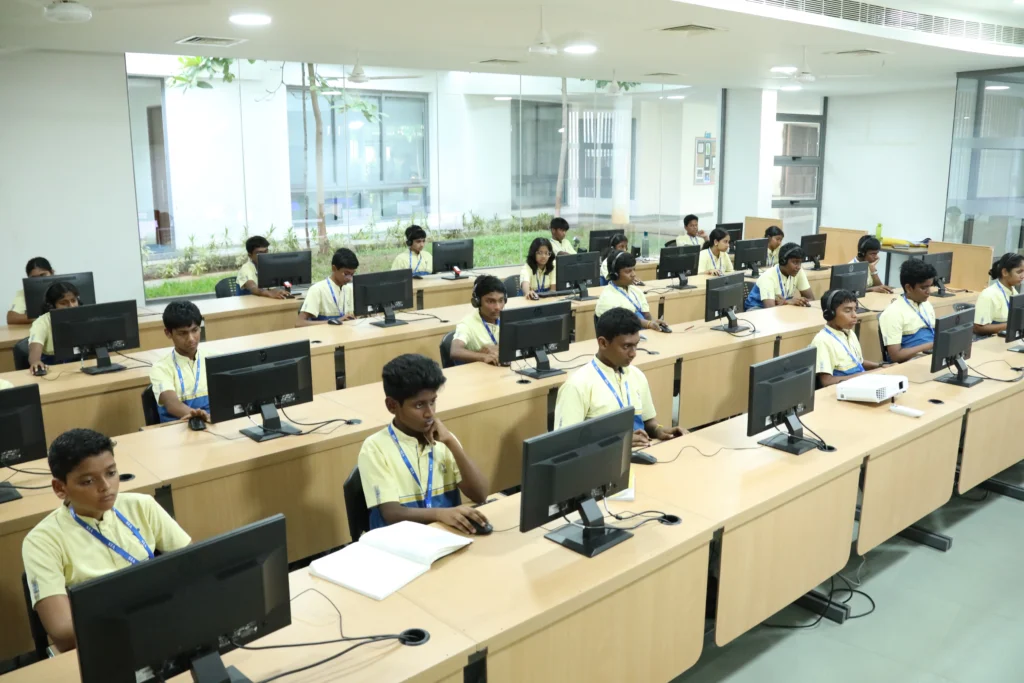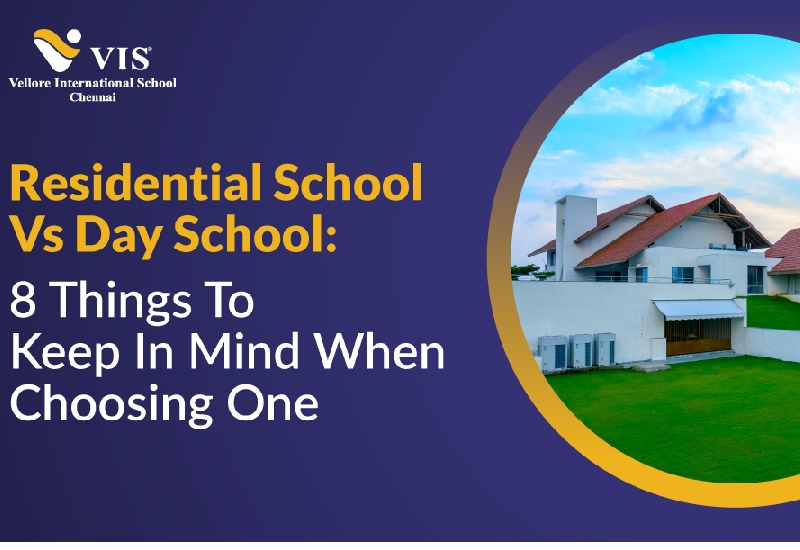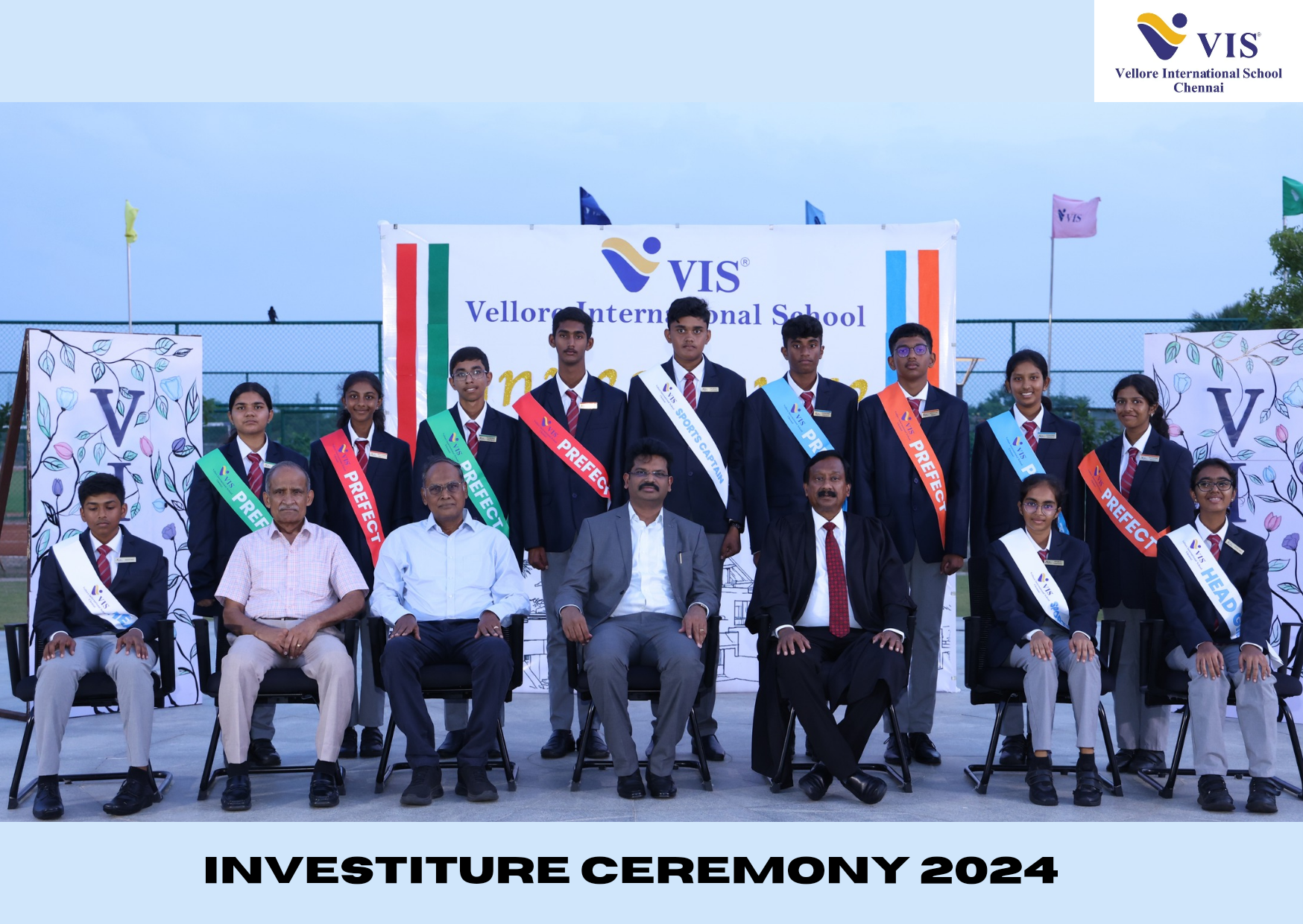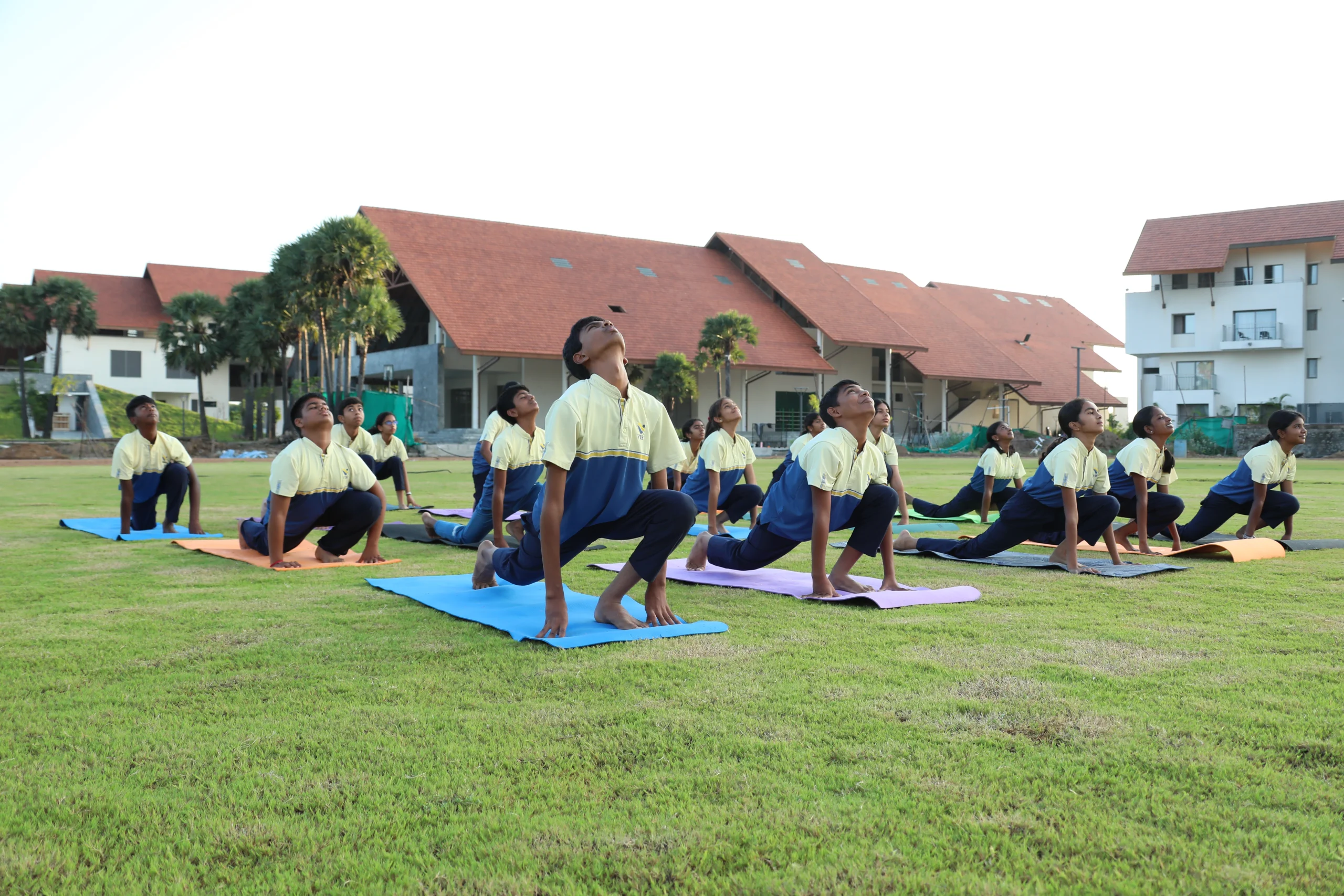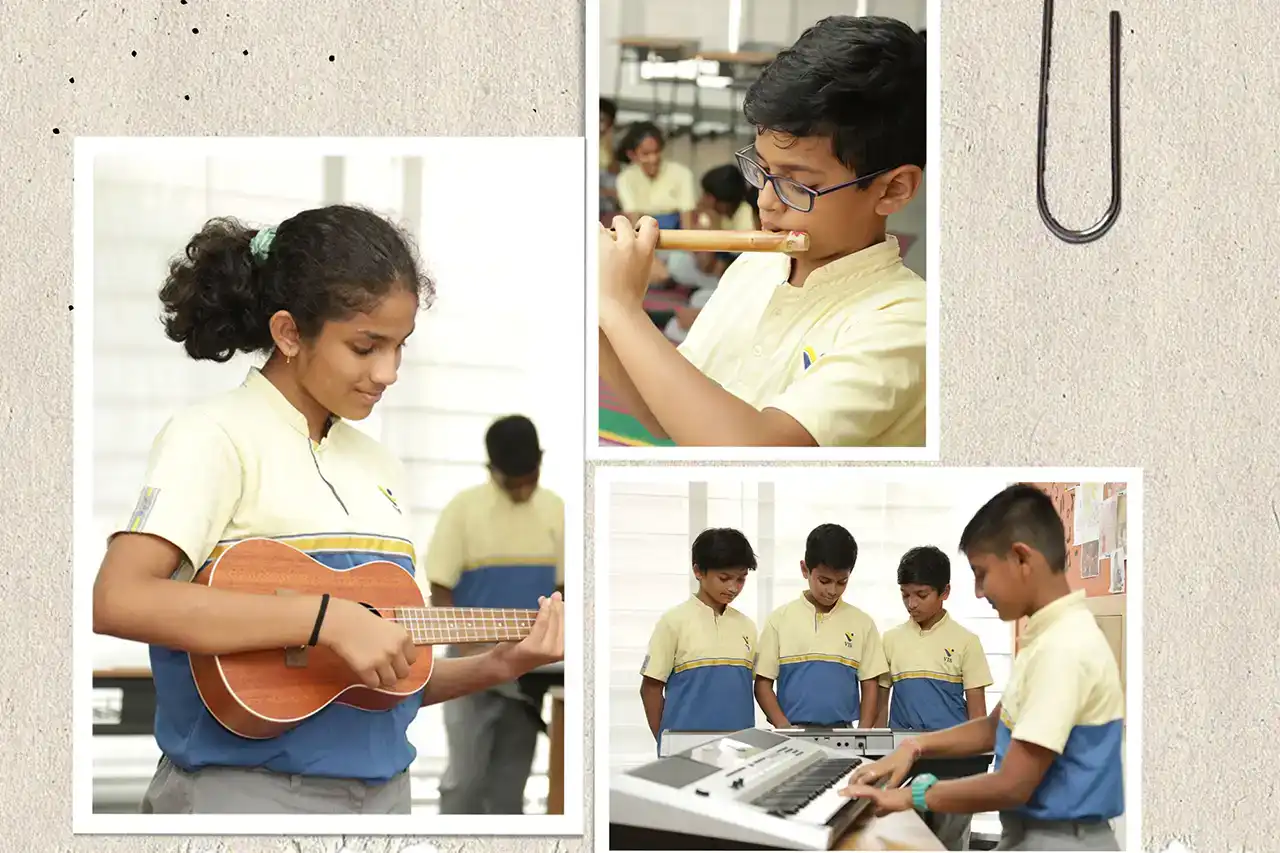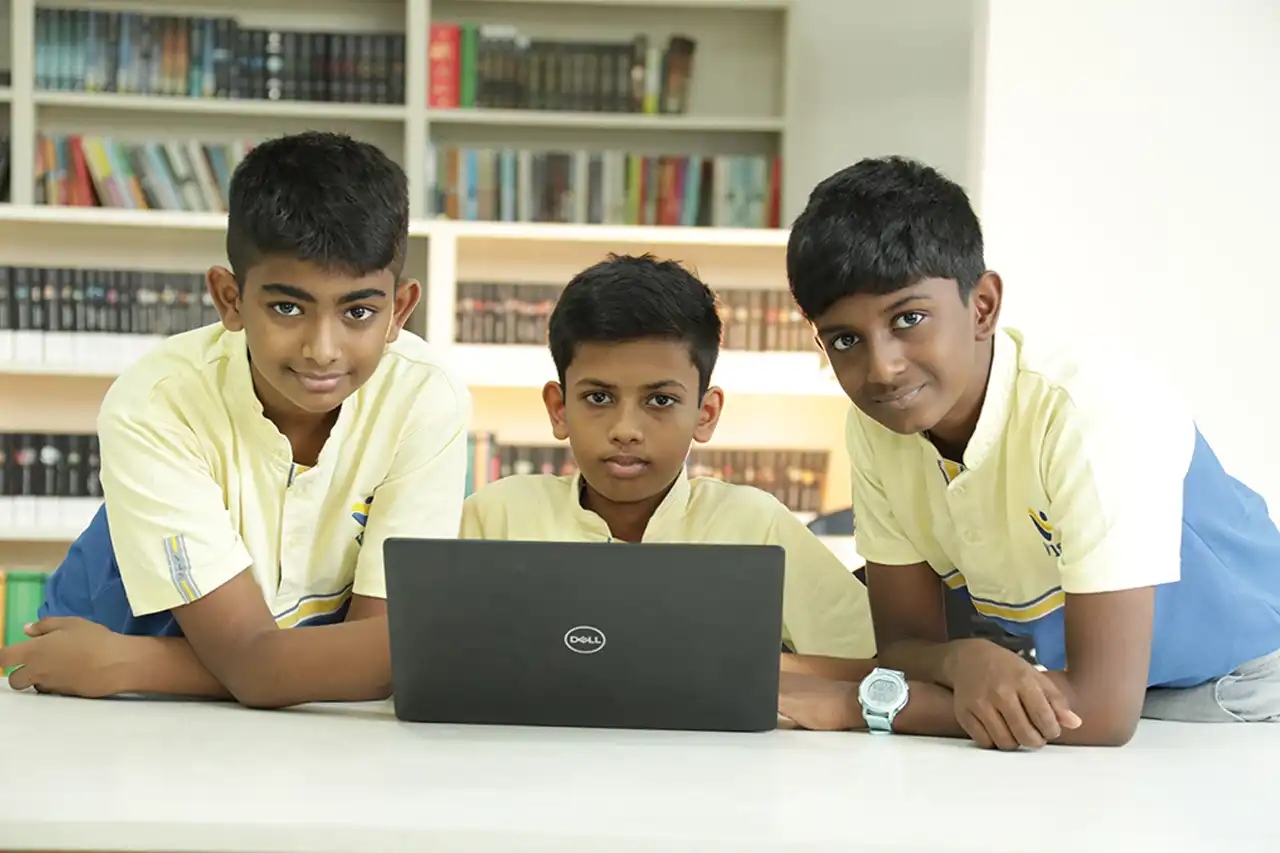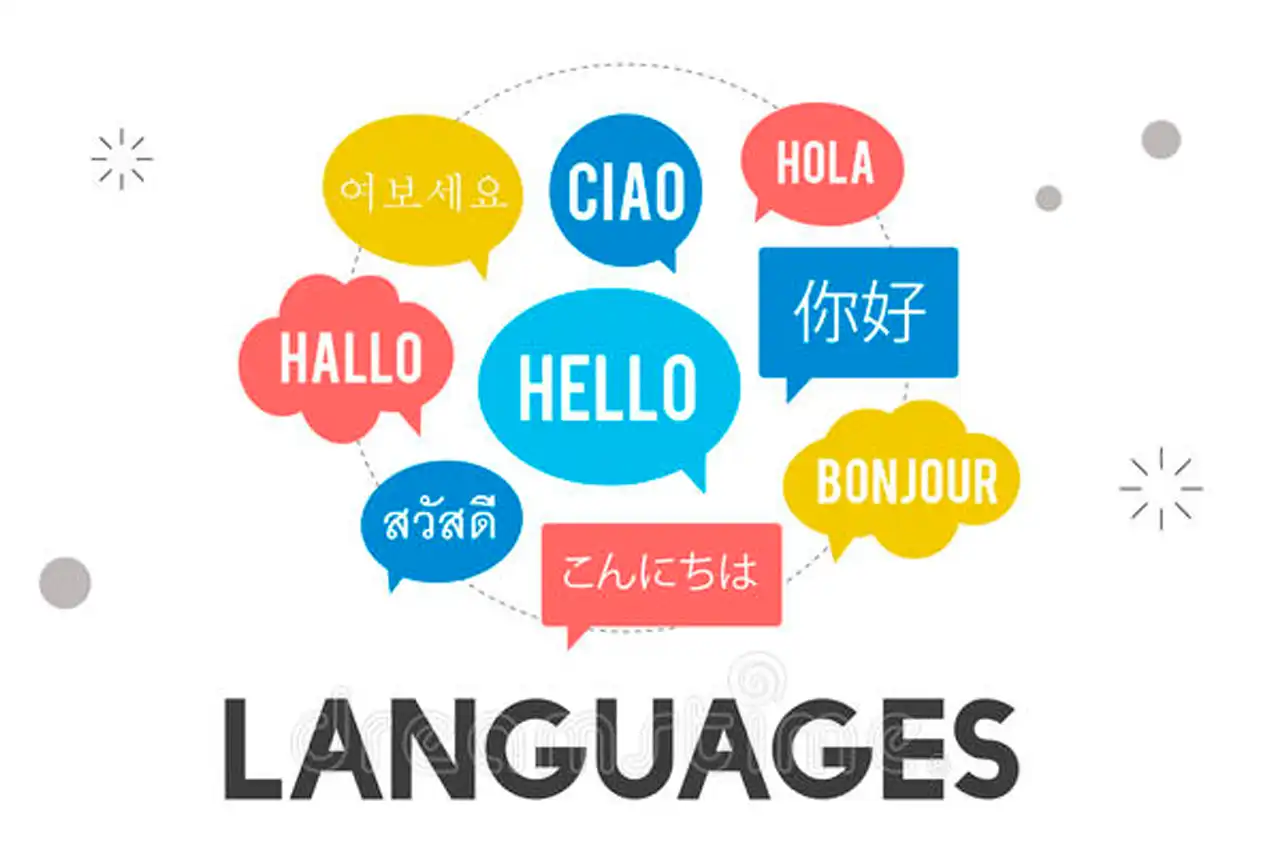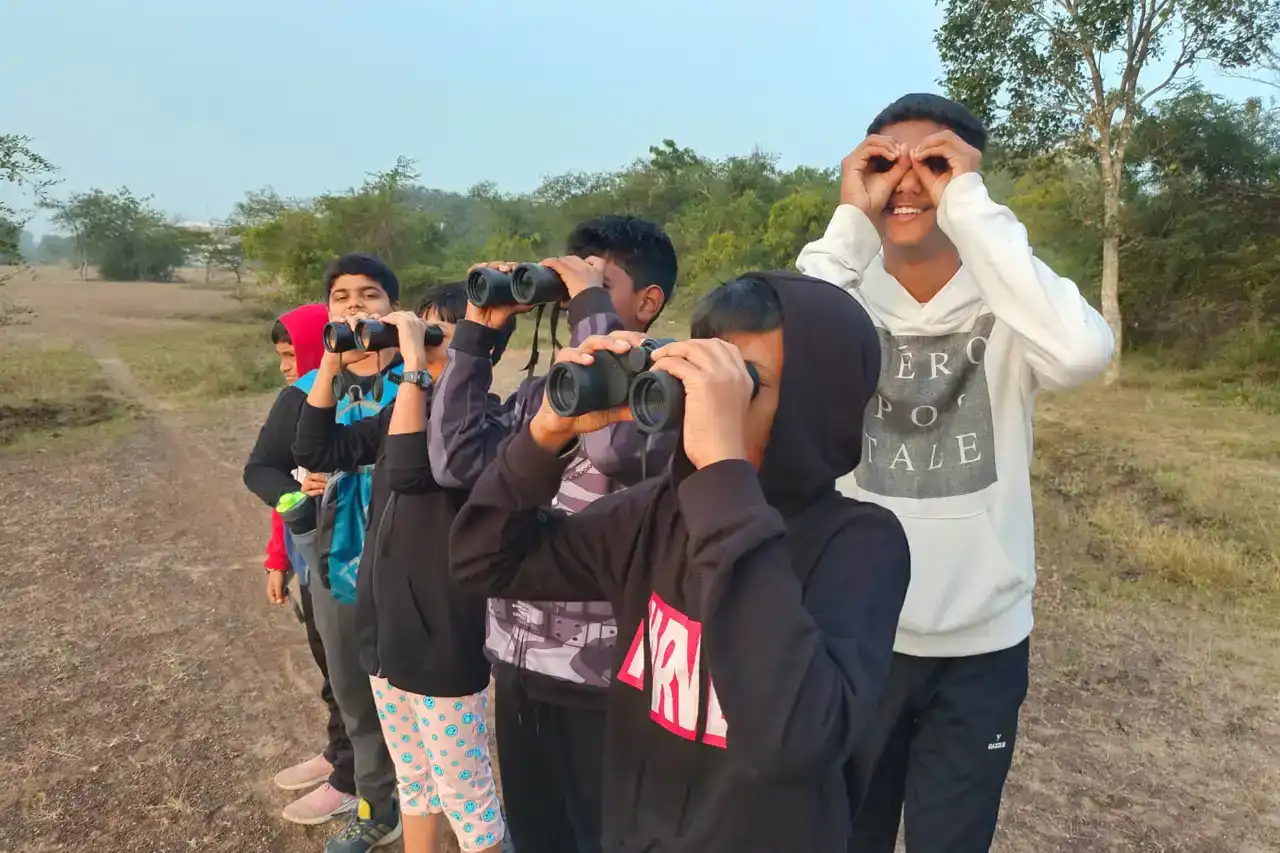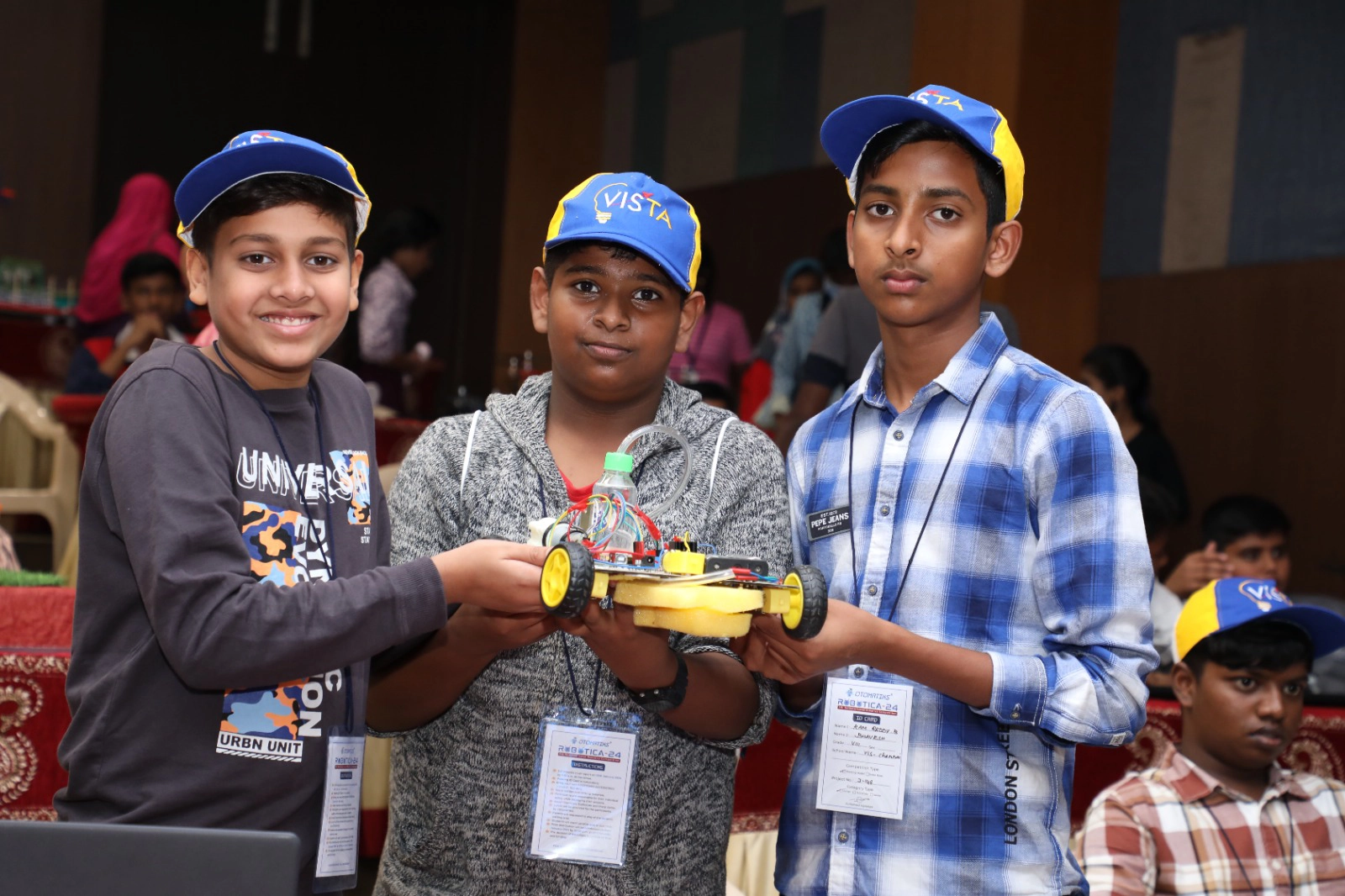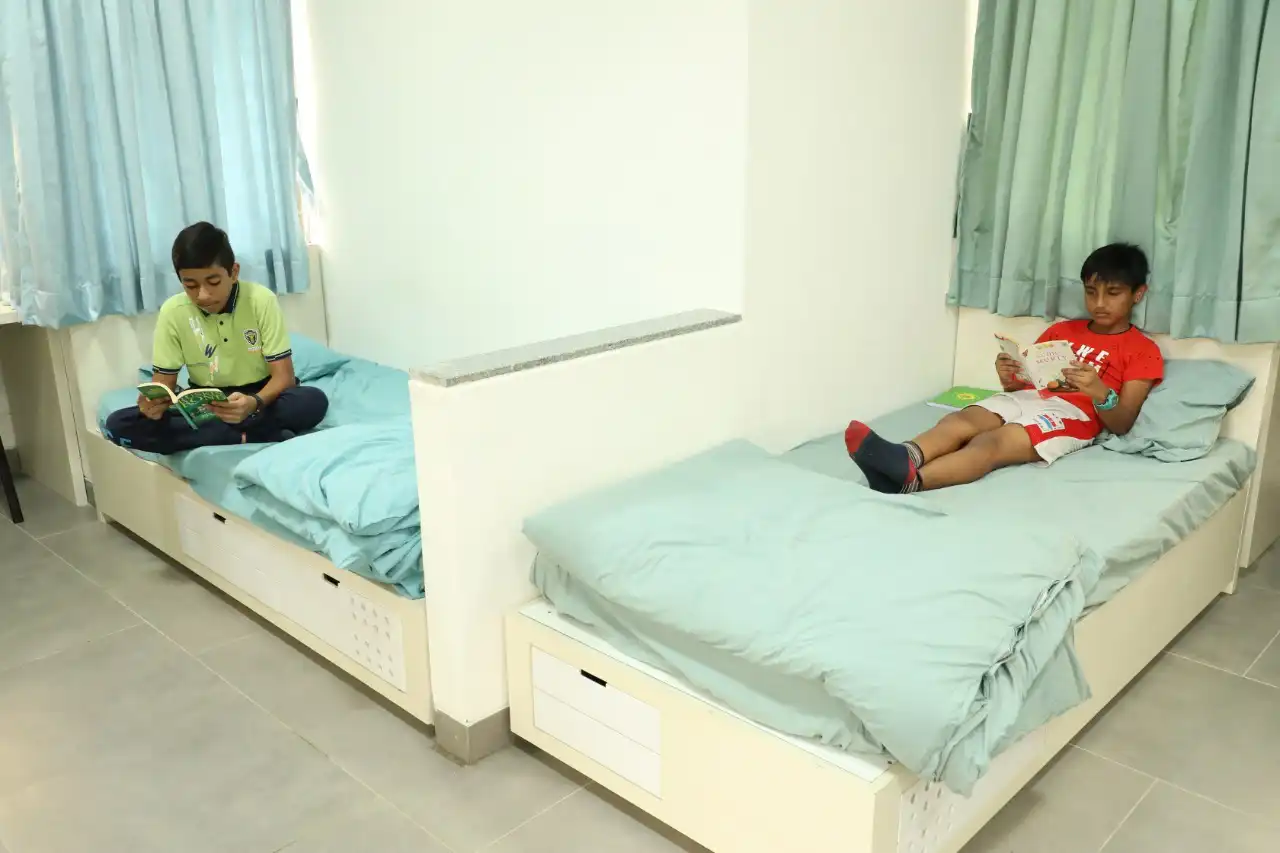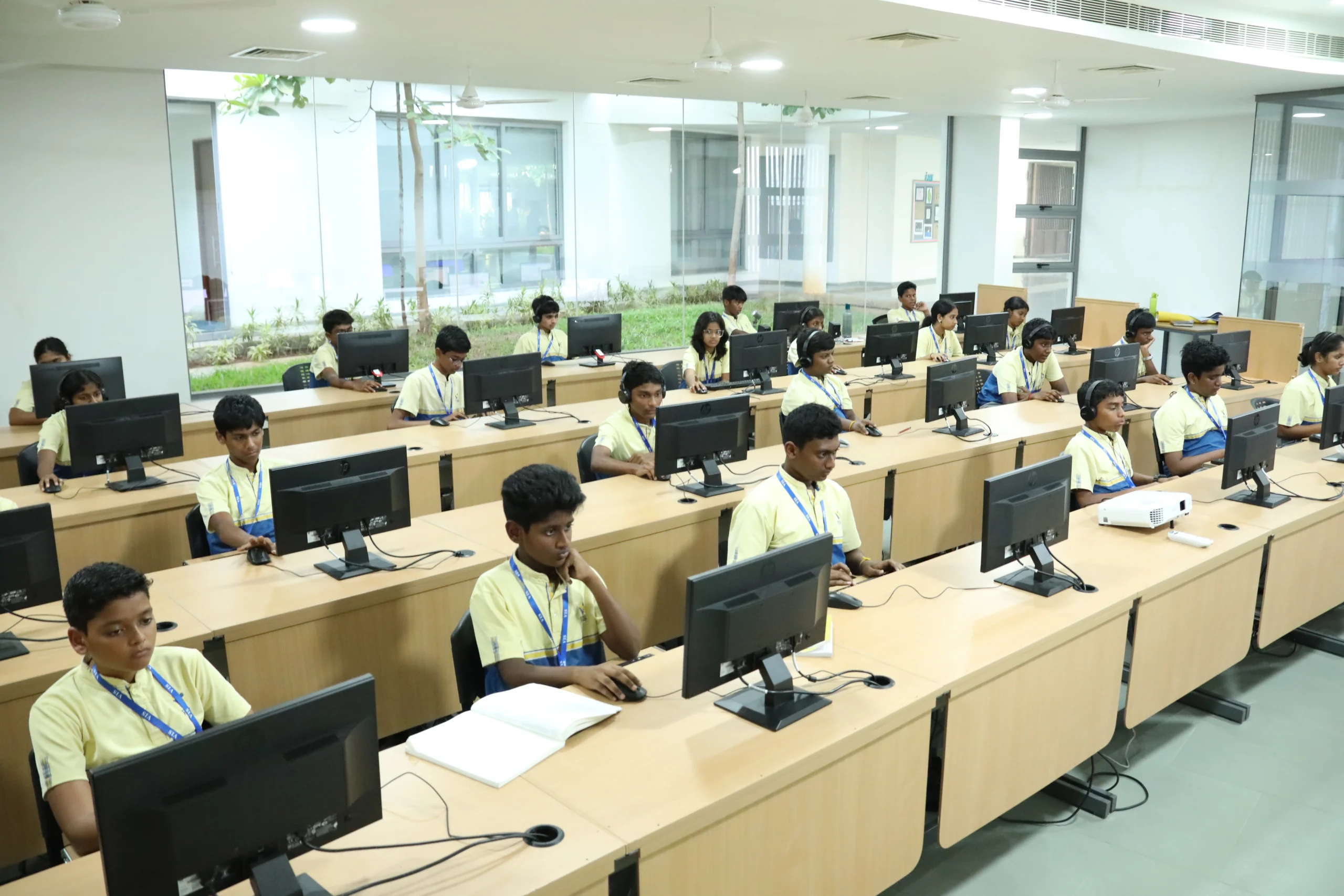The Covid experience has been utterly unexpected throughout the world. The Pandemic affected the schools and colleges and has had a substantial impact on the education system globally. The consequences have been worse in countries with limited resources and a lack of efficient technology. In India, the effects have not been unlike. Apart from the loss of life, there was financial distress on the parents due to; loss of jobs and reduced salaries, reverse migration of families to villages, limited resources, unpredictable circumstances and many more.
Unquestionably bad, but it has opened new prospects for us to think, work, and behave for the future. Some called it a ‘New Normal’. The term confuses me at times with the questions like; What is new and what is Normal. If it is new, I don’t see it as normal. If it is normal, how is it new?’
Let us brainstorm what is new? Crises brought the opportunities to learn from it and act accordingly. There has been a revolutionary change in the thinking of educators and learners from the solely on-site phase to the online phase. Educators worked amid challenging conditions. They accepted the challenges, adapted to circumstances, upskilled themselves digitally, and launched the online phase. There has been a thorough 180-degree shift in thinking all around the implementation of new and unparallel technologies and pedagogies.
The mindset has been changing now. The schools are adopting new teaching methods and pedagogies. They have been evolved to innovate new learning. Principals, educators and stakeholders are talking about the hybrid model. The question that arises here is what if the new unknown and unpredictable is seen again, what does the future hold for schools? Will the hybrid model replace the existing model of learning? What if the new abnormal is different than we saw in the recent past.
According to Olli Pekka Heinonen, Director- General of International Baccalaureate;…. “People will not be happy if we just continue the things that they did because the world we are living in today has different challenges…. We need to create teaching and learning that helps our students to go with the existing challenges and challenges of tomorrow that we might not be aware of….”. The lesson learned from the catastrophe is to have a sustained development plan, something that is not indispensable and bound to the clutches. It should not lead to the handicap of time and circumstances.
To go ahead and decide what should be new and sustainable, we need to have a glance and introspect what we experienced. The key learning outcome of the circumstances and the evolvement of the learner has been a shift from teacher-led to a learner-led self-organized learning environment; a learning style advocated by the education advisors and proved by Prof Sugata Mitra. Prof Mitra, performed an experiment named ‘Hole in the wall’ to see how the students learn from the technology and from their peers. The experiment was conducted when the technology was not evolved so much as it is today and the induction of computer technology in school education (in India) was in its budding stage. The experimental outcomes reached the conclusion that the learners evolve their learning on their own and teach peers through their learning. Prof Mitra conducted a series of experiments across the globe to see how the students learn and evolve their learning. An eye-opener of the observation of the experiments was that the learners create a self-organized learning environment (SOLE) for them to develop new learning. A self-organized system is one, where structures appear without explicit intervention from outside the system:https://www.ted.com/talks/sugata_mitra_the_child_driven_education
The students are involved in the higher-order learning skills as suggested in Bloom’s Taxonomy. In terms of education, pedagogy let me put it like this; “the learners establish the ‘Learner Agency’ to promote their learning”’.
Learner Agency: In learner agency establishment, the student does not necessarily need a teacher’s instructions to learn. Rather they can create a learner agency to know how does he learns best; define what he knows, what he wants to learn and how will he learn what he wants to learn. He can develop learning strategies for himself and select the appropriate tools and resources for his learning at the intermediate level and at the higher level to decide a roadmap to career and college. The role of the teacher is to fill the gaps and facilitate his learning.
What should the model of learning look like? It is time for educational leaders to create innovative pedagogical ideas to create a learning model based on SOLE, Learner agencies and Project-based learning (PBL). The interdisciplinary learning approach is another to add on. The concept is not new in the field of education. But there is a need to develop the ways and means to implement it. Have professional development of the teachers to upskill them. Conduct research to innovate the pedagogies to have a sustained model. The objective should be to implement it on a full scale and facilitate learners to adopt the learning style. In a true sense, it will be called New Normal’.
What should education agencies do? It is impossible to know what the future will bring, but the trends set to uplift the skills and face the unseen would be fruitful. Education boards should work in collaboration and review their programs of study. Have a wider view of futuristic needs of learners and learning. Create a model for new learning which is sustainable and learners lead for ‘more learning with less teaching and more facilitating’

